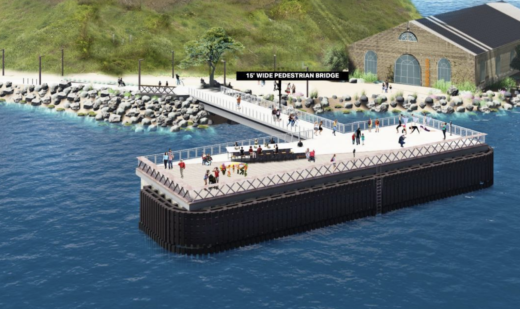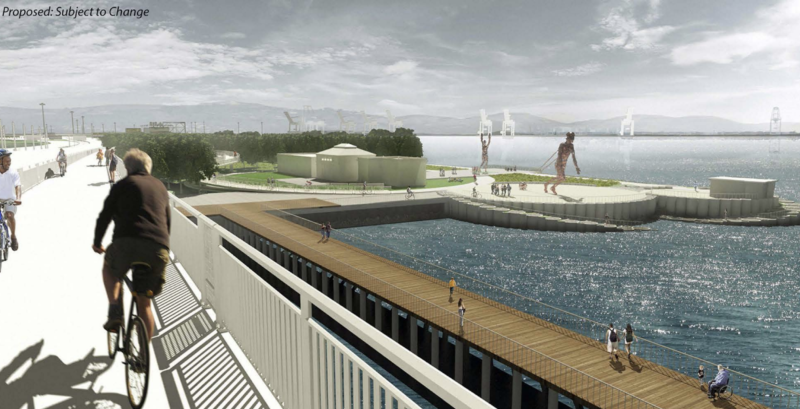Back in January, an important but rather obscure committee of state and regional transportation officials approved a Caltrans plan to turn four of the support piers from the Bay Bridge’s old eastern span into a pair of public parks.
The Toll Bridge Program Oversight Committee imposed one rather important condition on its approval: The budget for the project, which involves some demolition along with the anticipated construction, was limited to $52 million.
Caltrans, along with officials from the Metropolitan Transportation Commission and agencies on both sides of the bay, see the massive relics of the now-vanished span as a once-in-a-century opportunity to give the public access to areas just offshore of Oakland and Yerba Buena Island. The new parks would be great vantage points for taking in the workings of the Port of Oakland, for instance, and marveling at the $6.5 billion splendor of the new eastern span.
On Monday in San Francisco, Caltrans' chief bridge engineer Brian Maroney reported to the three-member oversight committee that the agency is ready to proceed with a slightly scaled-back version of the agency's original vision for the waterfront parks.
To manage all the work in the project for $52 million -- to implode two of the half-dozen remaining piers, build a 600-foot walkway over the bay on three of the remaining piers near the Oakland shore and construct a massive viewing platform on a pier adjacent to Yerba Buena Island -- Maroney said a team of architects, engineers and contractors had to revise some of their more ambitious plans.


